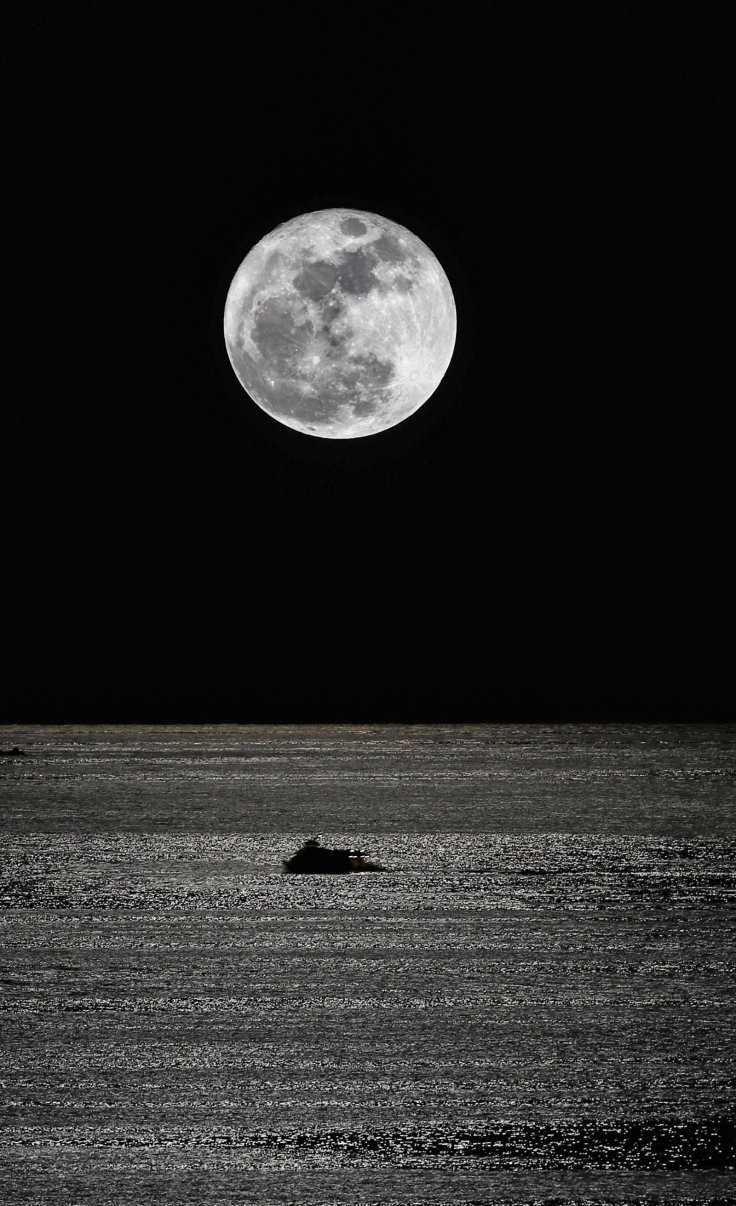
On Friday, China's first group of volunteers, who had spent 60 days in the past, re-entered the lunar cabin on Friday, Jan. 26. Known as Yuegong-1 or Lunar Palace 1, the cabin is created simulating moon-like environment by Beihang University and the volunteers have to complete the remainder of 105 days in it until April 11, 2018.
The second group of biomedicine students of the university have also spent a record 200 days in the "cabin" breaking the past record set by three peole in the erstwhile Soviet Union, who had spent 180 days in a closed moon ecosystem in the early 1970s.
The Chinese experiment sought to test bioregenerative life support system (BLSS) whereby animals, plants and microorganisms co-exist in a sealed environment, simulating a lunar-like atmosphere. Their mental status will be closely watched during the trial period and oxygen, water and food are recycled within the BLSS, creating an Earth-like essentials.
The experiment faced unexpected power cut that lasted for one whole night but the response by the volunteers was positive as they simply went to bed, said Liu Hong, chief designer of Yuegong-1. In addition, two more blackouts were experienced by the team, she noted.
The Yuegong-1 consists of two plant cabines one comprehensive cabin within a total area of only 150 square meters, where they can grow strawberries and some vegetables.
They can also raise yellow meal worms, which contain high protein levels and nutrients for food besides making bread-like cakes on an electric stove. Only outside food they were provided behore hand include salt, seasonings, pre-stored pork and chicken. Otherwise, "everything in the cabin is regenerative," said Liu.
The cabin mates have been given access to the Internet and they can also play chess and darts, do yoga or use exercise equipment. The only woman volunteer Wang Wei from the 200-day experiment said she had learned to make steamed bread, dumplings, buns and mooncake.
The experiment included a 6-week life in shade without any natural light and that was the toughest test for her inside the cabin. "It was the toughest time for me," Wang, 26, said. "No sunshine and the pressure from my thesis made me fatigued and a little depressed."
How was it in Mars dome?
In 2015-16, in a similar experiment but in a simulated environment of Mars conducted with six scientists who had successfully spent 365 days in a geodesic dome set up at 8,200 feet (2,500 meters) above sea level. The location of the dome was on the slopes of Mauna Loa, a volcano in Hawaii.
"I think the technological and psychological obstacles can be overcome," said Cyprien Verseux, one of the crew members after emerging from the Hawaiian Mars dome.
The experiment proved vital ahead of planning any Mars mission in the future as it takes more than six months just reach Mars. The experiment was able to prepare the future to spend long periods in an isolated and claustrophobic space environment.
The University of Hawaii experiment, funded by NASA, was the third and another similar experiment was taken up last year. The prrevious missions, however, lasted four and eight months, respectively. Even the European Space Agency conducted similar experiment in Concordia, Antarctica.









